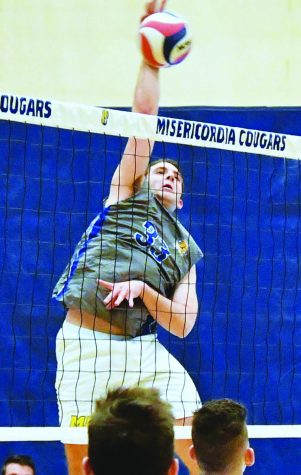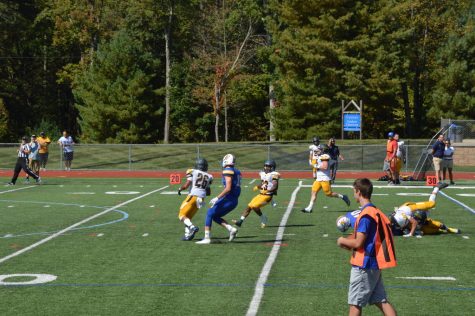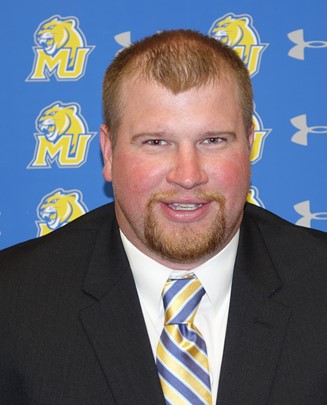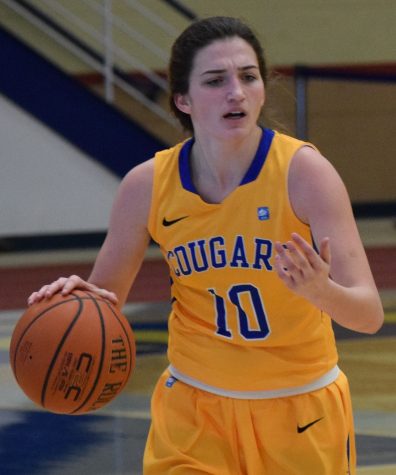Coaches are Using Injury Prevention Programs
November 15, 2017
Sports injuries are theme for the fall season. Athletes are ending their seasons early due to injury.
Mark Stauffer, women’s soccer head coach, has faced multiple season-ending injuries to players on his team. He said knee injuries are most common.
“These injuries have impacted us drastically as we have had six season-ending knee injuries this season, and all six players would have been playing a huge amount of time for us throughout the season. So some other players have really had to step up and fill some really big roles,” said Stauffer.
Charles Edkins, Athletic Director, said most sports teams have programs to help athletes avoid getting hurt. Stauffer said his team has been taking part in injury prevention workouts throughout the season. He said they helped, but unfortunately some injuries are simply the result of unavoidable bad luck.
Stauffer said athletes can avoid muscle injuries by completing injury prevention programs and practicing yoga. He said physical fitness enables players’ bodies to handle the rigors of high level programs, which are nationally ranked each year.
“When it comes to ACL [injury] prevention, we do spend time with working on participating in programs that are designed to help reduce the risk, but playing a true contact sport with consistent change of speed and direction, the risk is always going to be there no matter what.”
Andrew Loughnane, men’s soccer head coach, said the staff has been able to incorporate technology and injury prevention knowledge into their weekly routines for the men’s program.
“The SoccerPulse app gives our players a chance to tell us how they are feeling on a daily basis by answering a short questionnaire each morning.”
He said the questionnaire asks players about their soreness, fatigue, quality of sleep, injuries and overall mood.
“This information is then seen by the coaching staff and allows us to plan accordingly for both practices and upcoming games. It also encourages players to pay attention to their bodies and become more self-aware,” Loughnane said.
Loughnane said the team has utilized former players Garrett Drumheller and Kevin Matlon to assist in regeneration and recovery efforts twice each week. The team has taken part in a 16-week program, which assists players in achieving greater range of motion and better flexibility. He said arm breaks are the injury that plagued the team.
“We had three guys who broke one or both bones in the forearm, in two cases requiring surgery to repair. In my previous six years of college coaching, I do not think I encountered even a single arm break. It’s a bit of an anomaly,” said Coach Loughnane.
Other than the arm breaks, the team has not experienced many injuries this season.
Loughnane said athletes must listen to their bodies.
“With the way our season is built, a tweak that should take a week-and-a-half to resolve can turn into missing half the season if you do not take the appropriate measures to address it in the short term.”
He said poor nutrition and sleep habits also contribute to the risk of injury.
“You can increase your risk of injury by 30 to 40 percent very easily by only getting five to six hours of sleep on a nightly basis. It really takes a holistic commitment to manage your body as a college athlete – the more consistent your approach and routine is, the better potential for growth and development,” Loughnane said.








